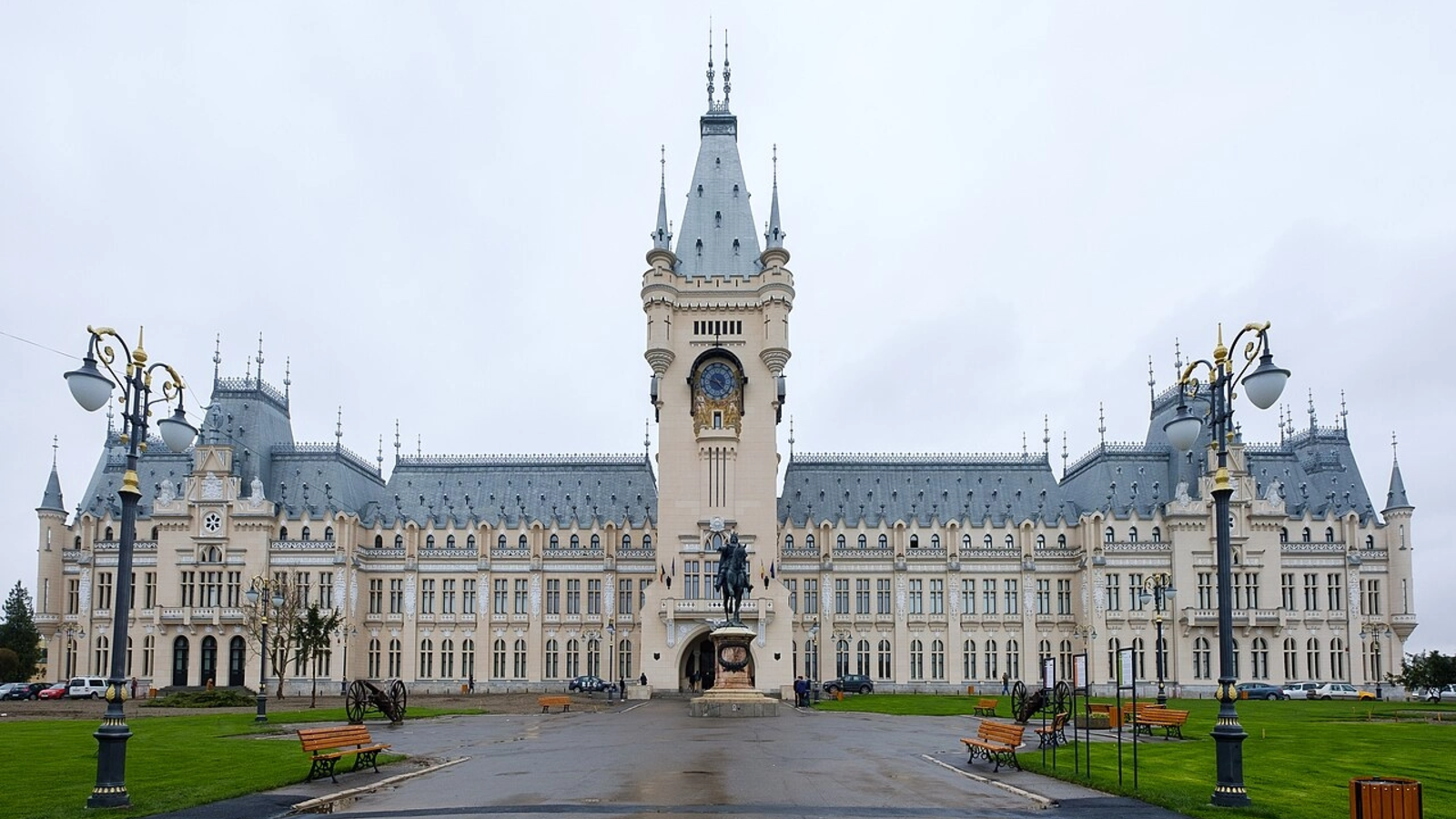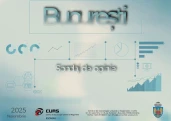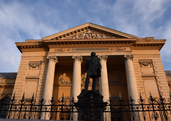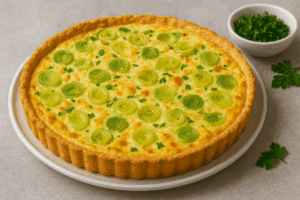Manager of the Palace of Culture in Iasi - "Moldova" National Museum Complex Andrei Apreotesei wants to bring back to Iasi the Getic princely treasure from Cucuteni-Baiceni, a heritage collection similar to the one stolen from the museum in the Netherlands.
Andrei Apreotesei told AGERPRES that the Getic princely heritage from Cucuteni-Baiceni was sent, following a request in the 1970s, to be displayed in Bucharest, at the National Museum of Romania's History, Agerpress.
"In the 1970s, when the National Museum of History in Bucharest was established, a circular came from the Romanian Communist Party, which was at rule at the time, mentioning that all gold and silver pieces from across the country should be sent to this museum, which was to become the flagship museum of the country. This wasn't a bad idea. The famous gold ornaments discovered at Cucuteni and in the Cotnari area were taken and transferred to the National Museum of History in Bucharest," explained Andrei Apreotesei.
Since 2025 marks 100 years since the completion of the building now known as the Palace of Culture, Andrei Apreotesei intends to bring back the Getic princely treasure from Cucuteni-Baiceni to Iasi, also through a transfer.
"We believe that the treasure can return home permanently or temporarily, based on a transfer. This will be decided by the owner, which is the Ministry of Culture," explained Andrei Apreotesei.
He added that he will send a request to the Ministry of Culture for this treasure to return to Iasi, even for temporary display.
"There is no misunderstanding between us and our colleagues from Bucharest, on the contrary, it's a helping hand. This week or at the latest at the beginning of next week, we will send a request to the Ministry of Culture so that, at least in the centenary year of the Palace of Culture, if not permanently, these values return home, to the Palace of Culture. We will make a well-documented list with our colleagues from History. We are talking about items of immeasurable value, part of the national heritage, made of gold, silver, and precious stones. I believe that instead of being kept in the basement of the National Museum of History, under more or less suitable conditions, it would be better to have them exhibited at the Palace of Culture in Iasi, where we meet all the safety, microclimate, and proper exhibition conditions," said Andrei Apreotesei.
Discovered by accident in 1959 by locals from Baiceni, in the Cucuteni commune in Iasi County, in a clay pit on the edge of the Laiu Plateau, the artifacts represent one of the rare Getic princely treasures made of gold found to date. The Cucuteni commune is also home to the archaeological site that gave its name to the Cucuteni culture from the Eneolithic period.
According to information provided by the "Moldova" National Museum Complex, the 70 items, some complete, others fragmented, which are part of this Getic princely treasure, are made of 18-24 carat gold and were processed into various ritual and apotropaic objects. Many of the items are in fragmentary condition, and their total weight is approximately 2.5 kilograms.
The main object of the treasure is a Mithraic-style gold helmet with various symbolic representations, two spiral bracelets (one of which is only in fragmentary form), a collar, and several harness appliques and garment decorations.
"Partially preserved and worked by hammering cold gold foil (24 carats) and shaped by internal percussion to create reliefs, the Getic princely helmet from Baiceni-Cucuteni, together with the one from Cotofenesti (Prahova), are the only gold pieces of this kind in the Geto-Dacian-Thracian world," says the presentation provided by the Palace of Culture in Iasi.
Another highly valuable piece from this treasure is a ceremonial Getic gold bracelet in the form of a cylindrical spiral, made from a tube thickened at the ends, ending with two bull-heads modeled through internal percussion, in relief, and ornamented with filigree floral rosettes, incisions, and raised lines.
The treasure also includes another bracelet made in the same style, but it is almost destroyed. If it had been preserved, it would have been even larger than the other one.
Among the other notable items in this treasure are several harness appliques, some with animal motifs, used in horse harnessing, rectangular, triangular, circular, or viola-shaped, and two spherical or spheroidal buttons made of gold foil, decorated on the front with floral filigree motifs that give a lace-like appearance.
































Comentează